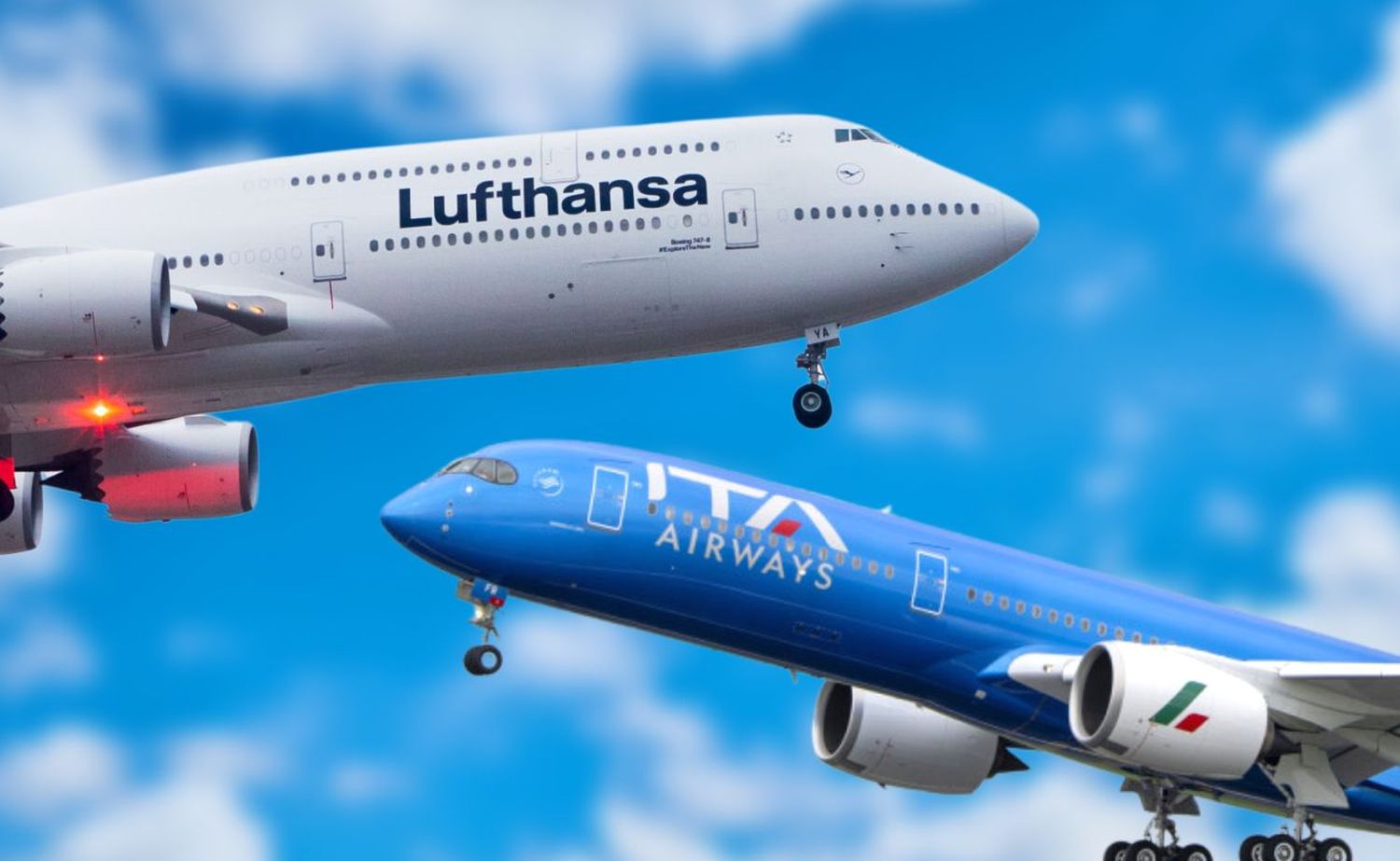The industrial plan of ITA Airways and Lufthansa, recently approved by the European Commission, will begin implementation in January 2025. This agreement, marking one of the largest integrations in the aviation industry over the past two decades, aims to transform ITA into a key player within the Lufthansa Group, Europe’s largest airline conglomerate.
The integration will not be limited to a simple commercial operation: it will require renegotiating thousands of contracts with suppliers and customers, aligning commercial infrastructures, optimizing connections and flight schedules, adjusting fare bands, and integrating loyalty programs. ITA’s «Volare» program will merge with Lufthansa’s «Miles&More,» while aircraft maintenance plans and premium passenger management, including VIP lounge access, will also be updated.
According to Leonard Berberi’s report in Corriere della Sera (Italian), this process, expected to last at least two years, will also aim to reduce costs in areas such as handling, catering, and maintenance, while improving revenue management using Lufthansa’s operational «brain» in Zurich.
Fiumicino and the role of Air Dolomiti
Rome-Fiumicino will be incorporated into Lufthansa Group’s multi-hub system, strengthening connectivity for ITA Airways’ long-haul flights. Within this framework, Air Dolomiti, the group’s Italian airline, will play a key role in feeding intercontinental connections from Rome. Additionally, a commercial agreement is being negotiated with SkyAlps, a regional airline based in Bolzano, to operate lower-demand routes between Rome and medium or small airports. However, this will require obtaining the IOSA (IATA Operational Safety Audit) certification first.
New routes and network adjustments
The plan includes a significant expansion towards Africa and South America, with new routes to Bogotá (Colombia) and additional destinations in Brazil to complement existing ones in Rio de Janeiro and São Paulo. In Europe, greater focus will be placed on the leisure segment, which has proven to be particularly profitable, while enhancing connectivity in Eastern Europe as a bridge to the Americas. Simultaneously, unprofitable or non-strategic routes will be eliminated to optimize the network.


Comentarios
Para comentar, debés estar registrado
Por favor, iniciá sesión